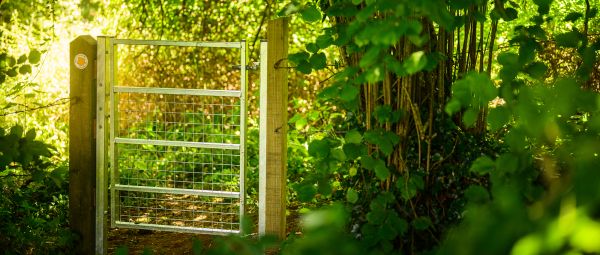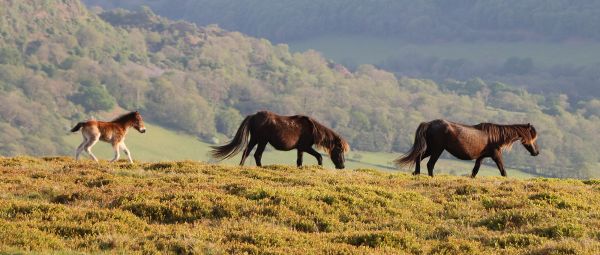Ploughing and planting on public rights of way
Our guide to what’s allowed and how you can deal with problems.

The countryside is a working environment, producing the food that ends up on supermarket shelves and restaurant tables. Farmers have a right to use their land to produce crops, but this must be balanced with the public’s right to use and enjoy public rights of way.
Sometimes issues can arise with public rights of way when crops are planted or ploughing is taking place. Here’s our guide to what’s allowed and how you can deal with problems.
What’s legally allowed
Ploughing
Normally, it is illegal to disturb the surface of a public right of way. However, Section 134 of the Highways Act 1980 gives farmers the right to plough the surface of a public right of way but only if there is no reasonably convenient way to avoid doing so. This only applies to paths which cut across the land. It does not apply to paths which run around the edge of a field. Once ploughed, the farmer has a responsibility to remake the path to a certain width within 14 days.
If there is a path that has been ploughed and not remade within 14 days, report this directly to the local highway authority. Follow our guide to reporting problems on paths.
Planting crops
Obstructing a public right of way is illegal. If a farmer has planted crops that are (or will be) obstructing public rights of way, report this to the highway authority immediately. Our guide to reporting problems on paths explains how to do this.
If you are following a route and find that there are crops blocking a public path, you can either walk through the crops (even if you damage them) or deviate around the field edge.
Tackling repeat offenders
Some farmers and landowners plough or plant over public rights of way every year and do not remake the path. Some highway authorities do not take enforcement action in this type of case because the problem is temporary and disappears when the crop is harvested.
The best thing to do is make a report to the local authority each time a path is ploughed or planted over.

Dealing with problems on public paths
The Ramblers guide to reporting problems on public rights of way in England and Wales. Who is responsible, how to contact them and what to expect.

Rules around keeping animals in fields with paths
When walking, you may encounter animals in a field that you consider to be dangerous. Read our summary of the rules to see if you should take action.

Closures and diversions on the rights of way network
How local authorities are able to permanently or temporarily change the public rights of way network.

Resolving problems with path surfaces
If you have repeatedly reported a problem to the local authority and no action has been taken you can use the law to force the council into action